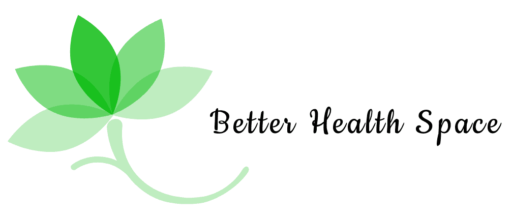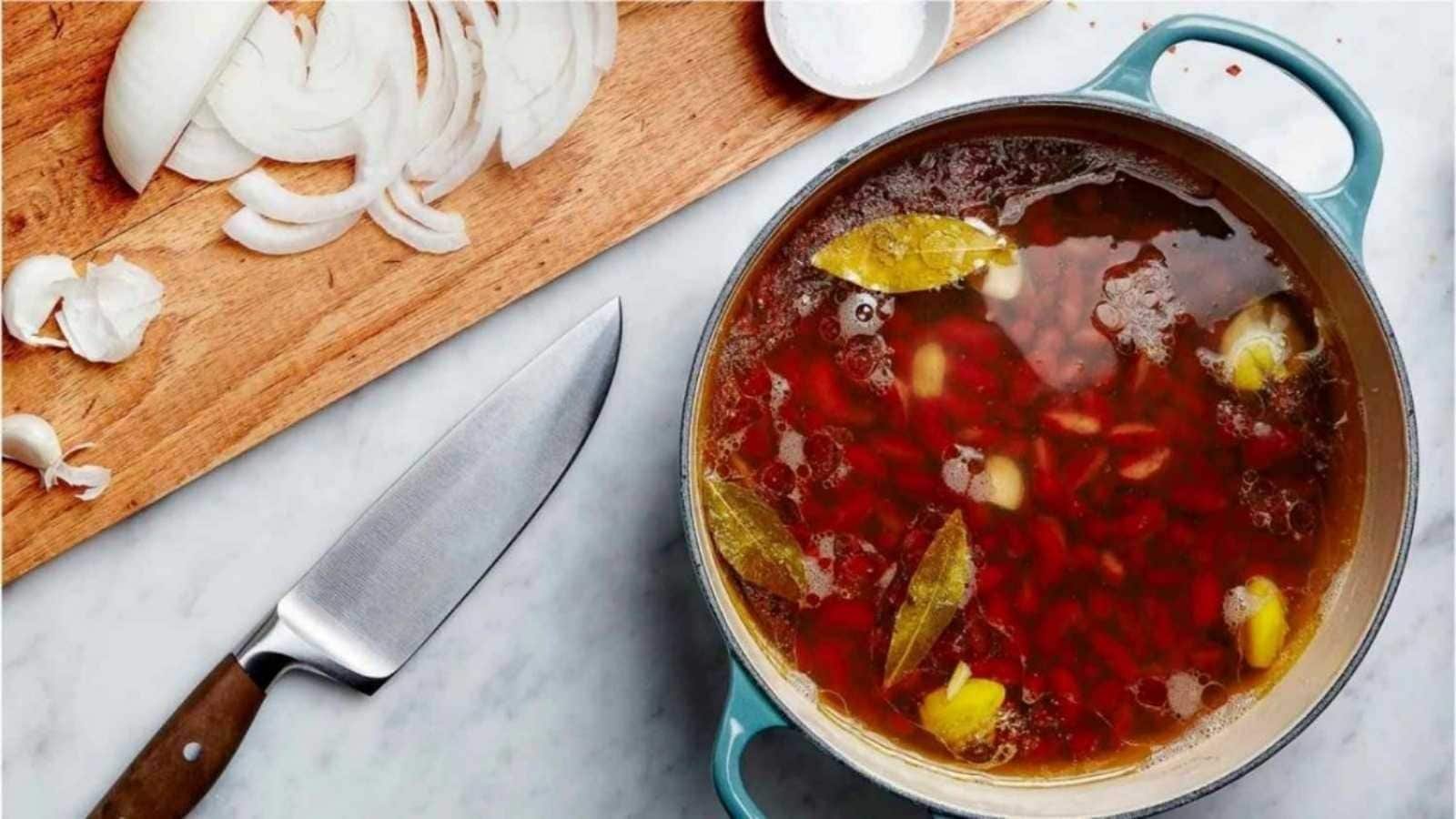To properly soak beans for the best texture and easiest digestion, you have two main options: a traditional overnight cold soak for 8-12 hours, or a one-hour “quick soak” method using boiling water when you’re short on time.
Soaking beans may seem easy, but doing it right is important for making a creamy dish instead of a bland one. The soaking method you use can affect how long the beans take to cook and their final texture. There are two primary soaking methods, each with its benefits depending on your time and preferences. By learning these techniques, you can prepare your beans well, making your meals more enjoyable every time.
What is the best traditional way to soak beans?
The classic overnight soak is the most common and arguably the most effective method for achieving a perfect texture, as per Food Research International. It’s a slow, gentle process that allows the beans to hydrate fully and evenly. “This method is ideal for most types of beans, including kidney beans, black beans, and chickpeas,” nutritionist Garima Chaudhry tells Health Shots.
Here’s the step-by-step process:
- Sort and clean: First, spread your dry beans on a flat surface and pick out any small stones, debris, or discoloured beans.
- Rinse thoroughly: “Place the beans in a colander and rinse them under cool running water to wash away any remaining dirt”, says the expert.
- Submerge and wait: Put the clean beans in a large bowl and cover them with plenty of cold water—about 10 cups of water for every pound of beans. Let them soak for at least 8-12 hours, or leave them overnight.
- Drain and rinse again: Before cooking, pour off the soaking water (which now contains the gas-causing sugars) and give the beans another good rinse with fresh water.

What if I forgot to soak my beans and I’m short on time?
We’ve all been there. Luckily, the quick soak method can save the day. While the overnight soak is often preferred for achieving the best texture, this method is a fantastic alternative that yields results in about an hour. A study in the Journal of Food Science found that this hot-soak method is highly effective at softening beans and reducing cooking time.
Here’s how to do the quick soak:
- Clean and rinse: Start by sorting and rinsing your beans, just as you would for the traditional method.
- Boil briefly: Place the beans in a large pot and cover them with water (about 5 cups of water for every 1 cup of beans). Bring the water to a boil and let the beans cook for 2-3 minutes.
- Let them sit: After boiling, turn off the heat, cover the pot with a lid, and let the beans soak in the hot water for about one hour.
- Drain and rinse: “Finally, drain the soaking water and rinse the beans with fresh water before you begin cooking them in your recipe”, says the nutritionist.
Should I use hot or cold water for soaking?
The temperature of the water depends entirely on the method you’re using.
- For the traditional overnight soak, always use cold water.
- For the quick soak method, you must use boiling water to rapidly soften the beans and help break down the anti-nutritional compounds more quickly.
What’s the first thing I should do before soaking?
Never skip the first step: sorting and rinsing. It might seem tedious, but it’s crucial for ensuring your final dish is free of any unwanted grit, dirt, or tiny pebbles that can sometimes make their way into a bag of dried beans. A quick look-over and a thorough rinse are the foundation of any good bean dish. Whether you have all night or just an hour, there’s a soaking method that fits your schedule. By following these simple, expert-approved steps, you can say goodbye to undercooked, hard-to-digest beans and hello to perfectly tender, flavorful results every time.
Disclaimer: At Health Shots, we are committed to providing accurate, reliable, and authentic information to support your health and well-being. However, the content on this website is intended solely for informational purposes and should not be considered a substitute for professional medical advice, diagnosis, or treatment. Always consult a qualified healthcare provider for personalised advice regarding your specific medical condition or concerns.





